A team of Japanese and Italian researchers, including from Tohoku University,
have evidenced mechanically delivered projectile weapons in Europe dating to 45,000-40,000 years - more than 20,000 years than previously thought. This study, entitled "The earliest evidence for mechanically delivered projectile weapons in Europe" published in
Nature Ecology & Evolution, indicated that the spearthrower and bow-and-arrow technologies allowed modern humans to hunt more successfully than Neanderthals - giving them a competitive advantage. This discovery offered important insight to understand the reasons for the replacement of Neanderthals by modern humans.
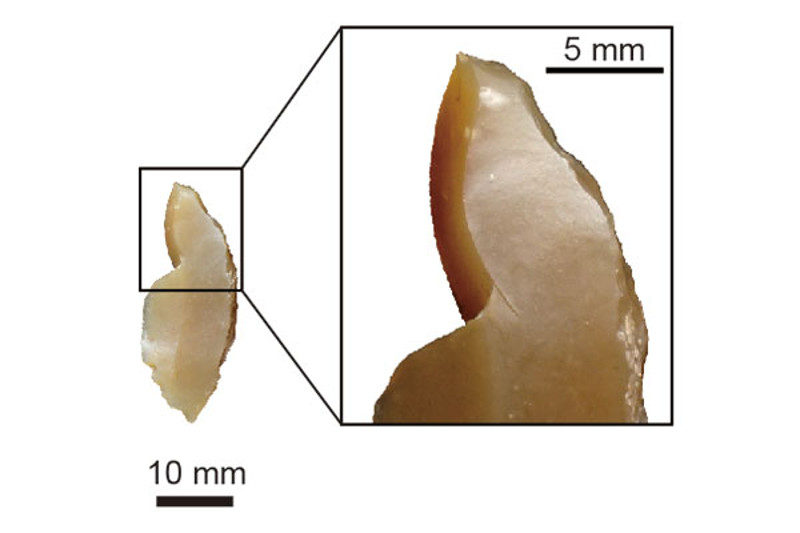
© K.SanoA backed piece with an impact fracture from Grotta del Cavallo. The impact fracture demonstrates that this small stone artifact was used as a hunting weapon.
Apparently, Neanderthals and modern humans coexisted in Europe for at least 5,000 years. However, little is known about why modern humans could increase their population size after migrating to Europe and successfully occupy new territories, while autochthonous Neanderthals went extinct ~ 40,000 years ago.
The research team included 17 scientists from Italy and Japan, coordinated by the archaeologists Katsuhiro Sano (Center for Northeast Asian Studies, Tohoku University) and Adriana Moroni (Department of Environment, Earth and Physical Sciences, University of Siena), and the paleoanthropologist Stefano Benazzi (Department of Cultural Heritage, University of Bologna).
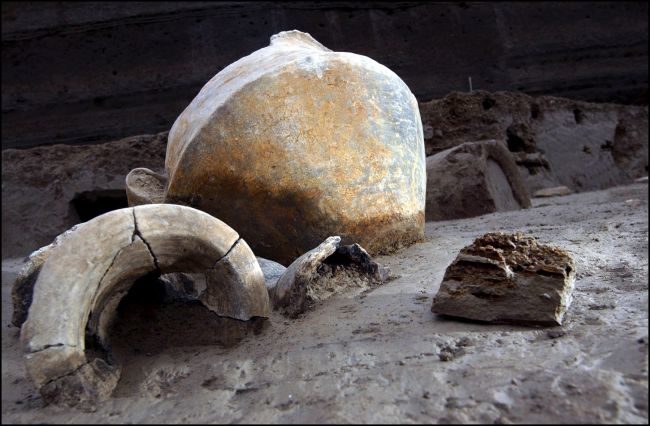


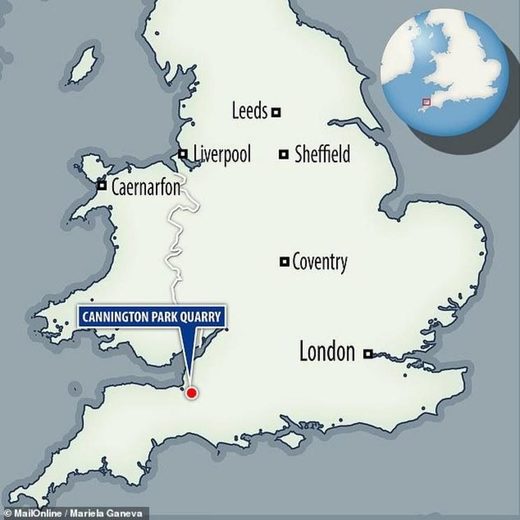
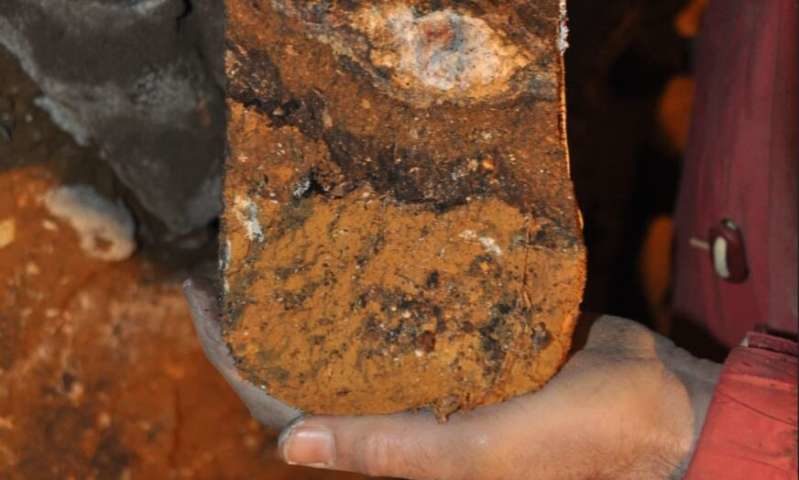

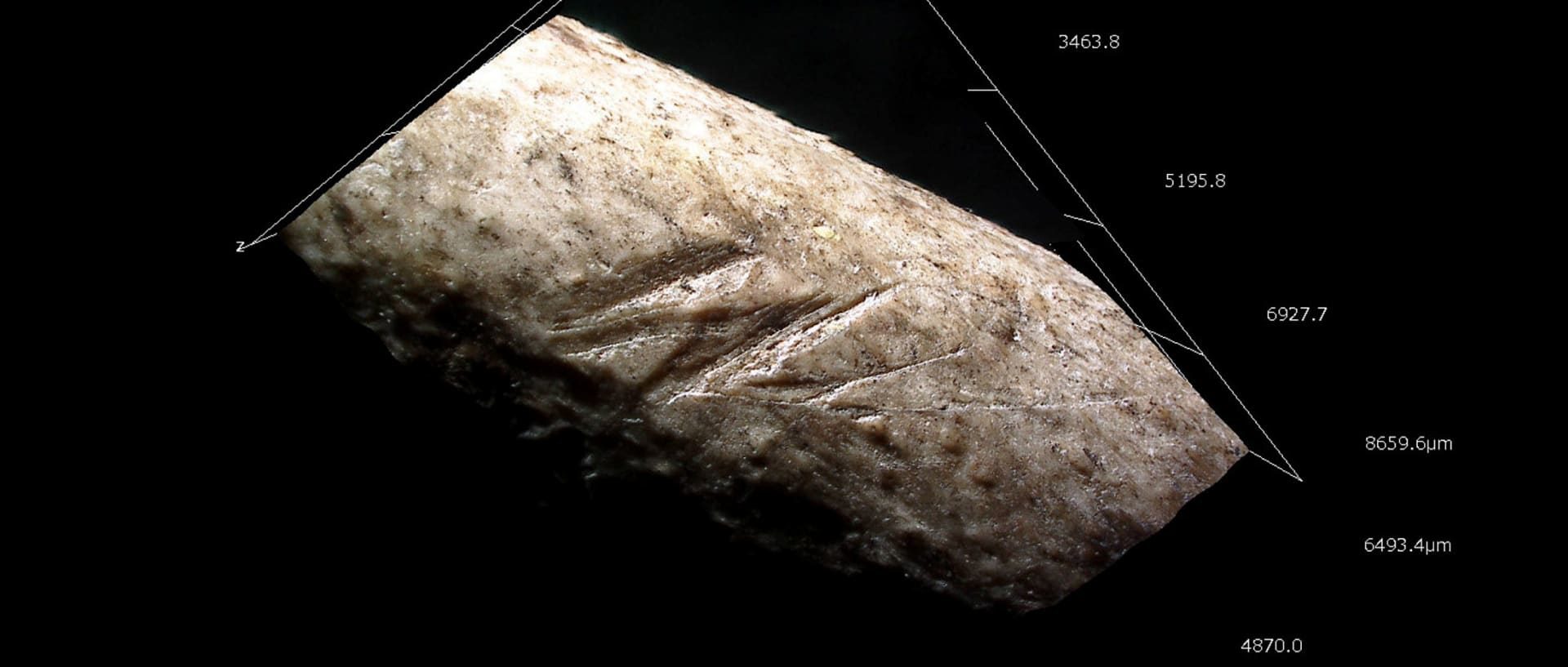
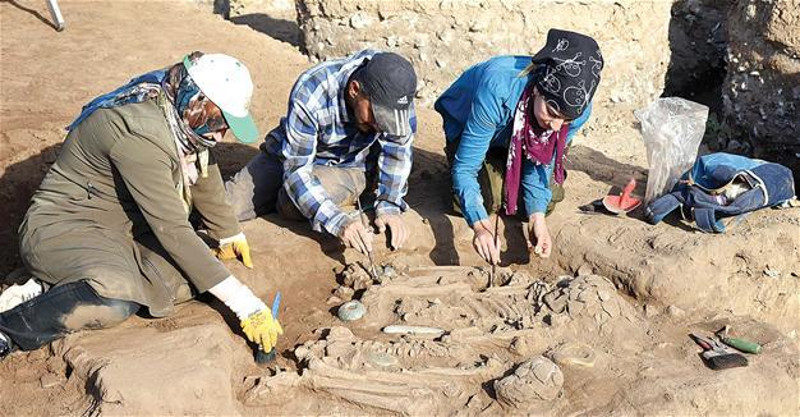
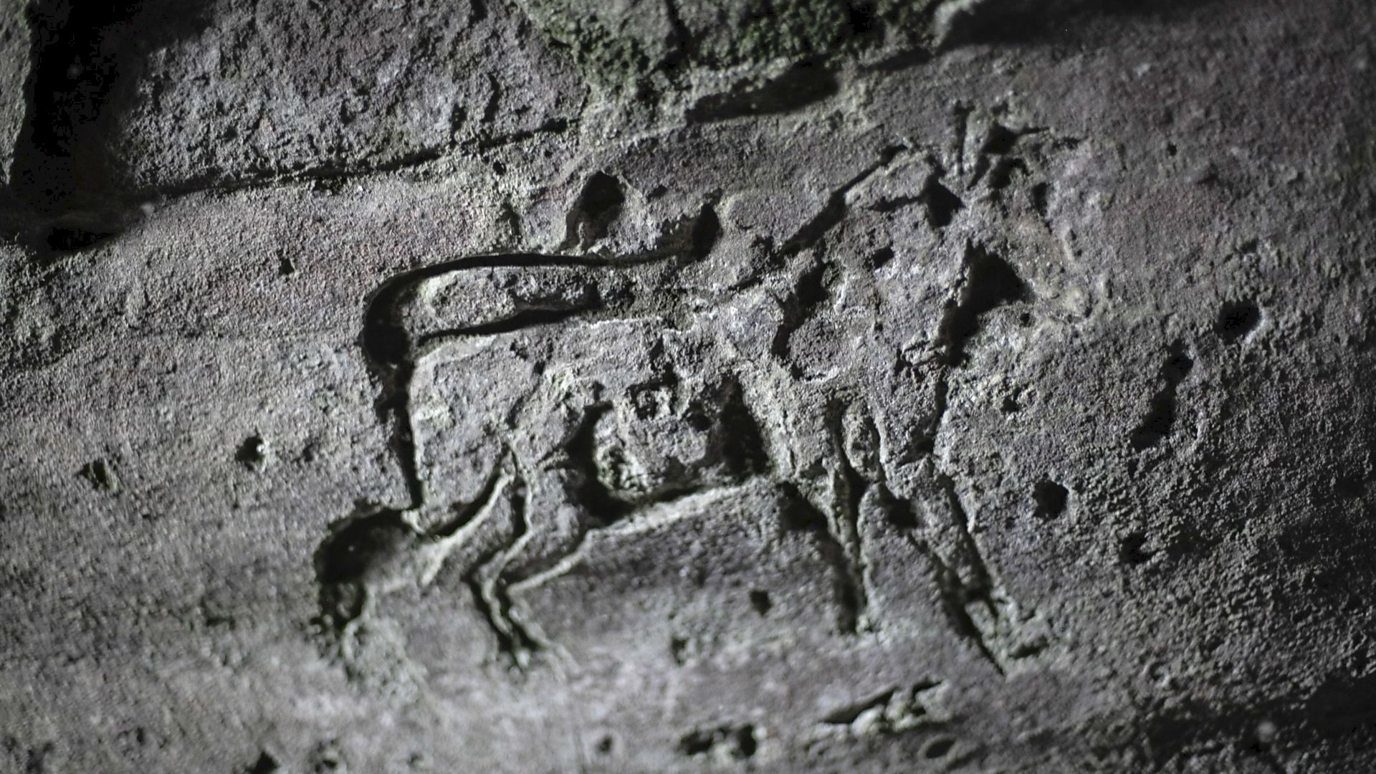
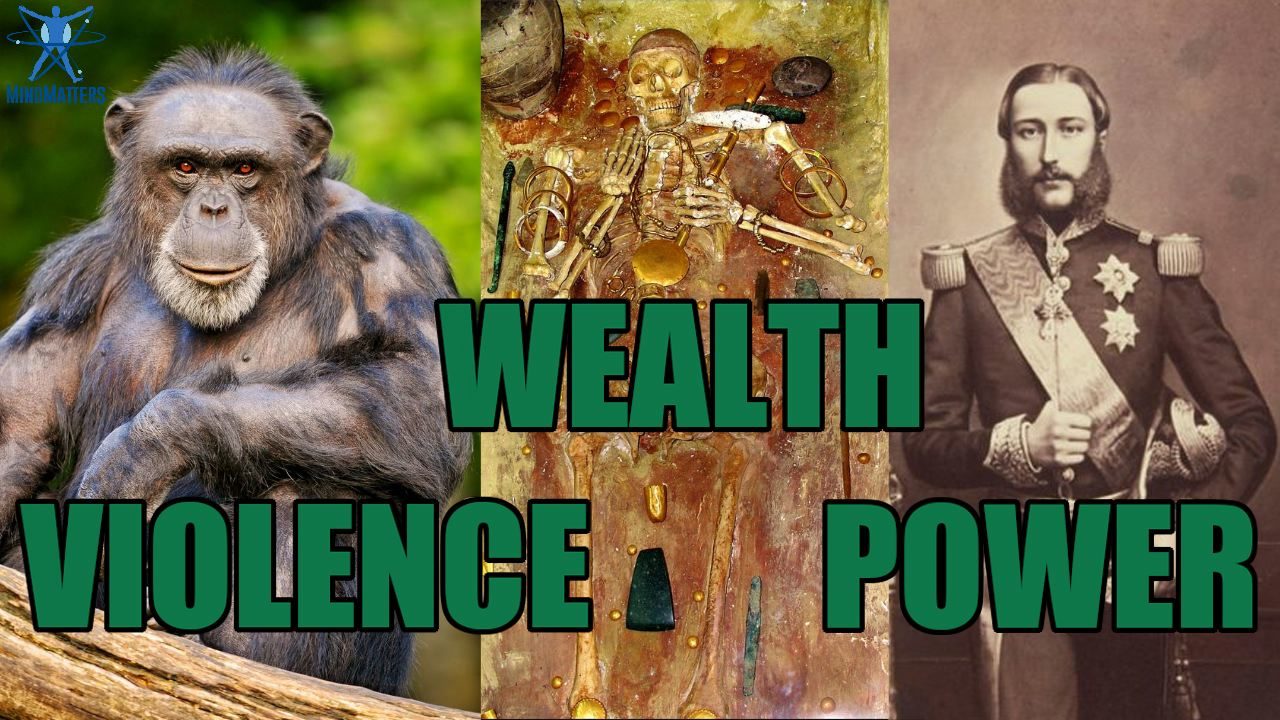



Comment: A bit more insight into the the overall health of the population is provided in the article Exploded skulls and vaporized bodies: Pompeii finds reveal horror of Vesuvius eruption: